If you’re new to keeping reptiles, a new leopard gecko might be a perfect pet for you. Leopard gecko care for beginners might be easy, which makes them ideal for everyone. In this guide.
We’ll give you all the information you need to know about how to care for your new Lizard leopard gecko, from setting up their living area to feeding them and ensuring they have proper nutrition.
We’ll also give you suggestions on how to control temperature and humidity in their enclosure, along with extra tips and resources for successful leopard gecko care. Get ready to become an expert at caring for your new scaly friend!
What do I need to know about leopard gecko care for beginners? Leopard geckos are relatively easy to care for, but there are a few things you need to know to keep them healthy and happy. First, you’ll need to provide them with a suitable enclosure that includes a heat source, a hiding place, and a water dish. You’ll also need to feed them a diet of live insects, such as crickets, worms, or mealworms, and make sure they have access to calcium and other essential nutrients.

- Guidelines about Leopard gecko care for beginners
- Understanding the basic needs of a leopard gecko – vivarium for keeping leopard geckos
- Feeding and nutrition requirements for leopard geckos – gecko diet
- Feeding and diet recommendations for leopard geckos – geckos live care guide
- The importance of temperature and humidity control – leopard gecko care guide
- Additional tips and resources for successful leopard gecko care as a beginner – leopard gecko habitat & substrate
Guidelines About Leopard Gecko Care For Beginners
To ensure your leopard gecko is docile and stays healthy, create a feeding plan and habitat. Offer different live insects for food, as well as vitamin and calcium supplements.
Use a temp gun to check the temperature, keeping it at 88°F to 92°F on the warm side, and 75°F in cooler areas to mimic the gecko’s natural habitat.
Use a water bowl instead of misting or covering the tank to keep humidity levels between 20% to 40%.
Decorate with safe decorations such as flat stones or artificial plants and avoid wood chips. For more information, consult pet stores or online retailers.
Gecko Enclosure For Beginners
To keep your leopard gecko healthy, create a cozy and fun home for them. Mimic their natural environment by copying it in the enclosure.
Use an appropriate-sized tank, like a 20-gallon reptile or fish tank. Avoid sharp bedding that could harm your gecko.
Create warmth by placing the heat source on one side of the tank to make a temperature gradient.
Maintain cooler temperatures on the other side for self-regulation. Create a damp hide using moss or paper towels to maintain necessary humidity levels.
Add artificial or live plants and flat stones as basking spots to keep your gecko engaged. When they are young, use smaller enclosures to minimize risks.
Focus on temperature, humidity, and hiding spots when designing a gecko home to mimic their natural environment and maintain their well-being.
Easy Leopard Gecko Care
Leopard geckos are easy to care for, making them a great choice for beginners. To keep them healthy, feed them live insects like crickets or mealworms a few times each week.
Give them clean water and change it regularly. Adding a warm hide to their tank helps with digestion and temperature control.
Watch your gecko’s health and behavior and contact a reptile vet if needed. By following these tips, you can create a happy environment that mimics their natural habitat for your leopard gecko pet.
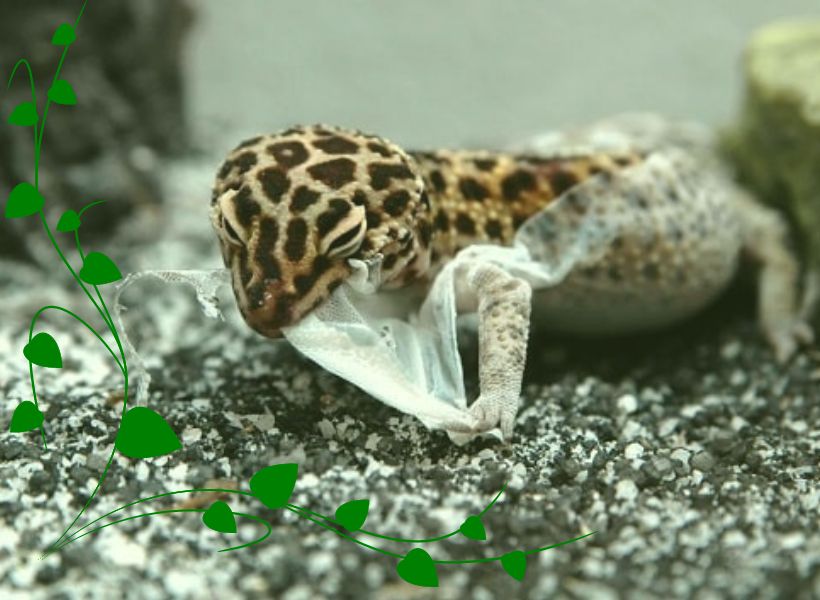
Understanding The Basic Needs Of A Leopard Gecko – Vivarium For Keeping Leopard Geckos
Leopard geckos need some basic things to stay healthy. They need live insects like crickets or mealworms to eat.
Geckos also need different temperatures in their enclosure for thermoregulation. They should have a warm area and a cool area.
Giving them a UVB light is important so they have proper lighting. Provide clean water in a shallow dish that you change often.
For the substrate, choose something safe and appropriate that won’t hurt them. Avoid wood chips or sharp edges. Reptile carpets or flat stones are good options.
Setting Up A Vivarium For Your Leopard Gecko
To take care of your leopard gecko, choose a suitable enclosure like a reptile tank. Avoid glass fish tanks as they don’t provide enough air circulation.
Use a heat mat or lamp for warmth on one side of the tank, and keep the other side cooler. Set up proper lighting with a UVB light and add artificial plants and flat stones for hiding spots.
Use natural decor like branches and rocks, but be careful of small objects that could obstruct or harm your gecko specially if your pet is juvenile.
When setting up a vivarium for your leopard gecko, it is important to avoid placing the tank in direct sunlight as this can cause the enclosure to overheat. Attention to detail in the cage by creating a specially setup process can create a more exciting environment for your gecko.
Choosing The Right Size And Type Of Enclosure
When caring for a leopard gecko, choosing the right enclosure is crucial. Leopard geckos need space to move around, so pick an enclosure that accommodates their size and age.
You can choose from various options like tanks, terrariums, or reptile enclosures, depending on your preferences as a leopard gecko owner.
Ensure the enclosure is secure and has proper ventilation to prevent injuries and maintain good respiratory health.
It’s essential to evaluate your gecko’s specific requirements before making any decisions to create a comfortable and healthy environment.
Choosing The Right Substrate For The Enclosure
When choosing the substrate for your leopard gecko’s enclosure, consider their natural habitat. Since they are from dry regions, it’s important to replicate this environment for their health.
Safe options include reptile carpet, paper towel, eco earth, or shelf liner as a suitable and affordable leopard gecko substrate. Shelf liner is usually easy to keep clean, and can easily be replaced as needed.
Avoid sand particles or walnut shells as they can pose a risk of impaction if ingested. Moisture in the substrate maintains the correct humidity level and should resemble flat stones and sandy areas found in their natural habitat.
The right substrate creates a comfortable and safe environment resembling their natural habitat promoting overall well-being.
Feeding And Nutrition Requirements For Leopard Geckos – Gecko Diet
Leopard geckos have specific feeding and nutrition requirements for their optimal health. They thrive on live insects, which provide essential nutrients and proteins for their growth.
Establishing a feeding schedule promotes healthy digestion and prevents overfeeding. Supplementing their diet with vitamins and calcium enhances their overall health.
Monitoring their feeding habits helps identify any issues or health problems. Providing a fresh water dish is important for their hydration needs. By meeting these veterinary care, you can ensure the best care for your leopard gecko.
Live Insects As The Main Food Source
Leopard geckos rely on live insects for nutrition and stimulation. Options include crickets, mealworms, and dubia roaches. Before feeding, it’s important to gut-load the insects with nutritious food to enhance their nutritional value.
Dusting the insects with supplements ensures your gecko’s health. Monitor your gecko’s feeding response to maintain their overall well-being. Offer a variety of live insects and supplements for a balanced diet that meets their needs.
Vitamin And Calcium Supplementation
Leopard geckos require vitamin and calcium supplements to prevent diseases like metabolic bone disease.
Follow dosage guidelines when administering these supplements. Dust live insects with the supplements before feeding your gecko to ensure they get the necessary nutrients. Regularly check your gecko’s health for signs of deficiencies.
By properly supplementing their diet and monitoring their well-being, you can help your leopard gecko thrive in captivity.
Establishing A Feeding Schedule
To ensure your leopard gecko stays healthy and happy, establish a consistent feeding schedule. This helps with maintaining a proper diet, digestion, and monitoring their appetite.
Other factors to consider are habitat requirements, such as a properly sized tank with climbing stones, artificial plants for enrichment, access to water, and UVB light.
Source nutritious insects from reputable stores to prevent impaction. Create temperature gradients in their enclosure by providing a cooler area on the tank’s cool side.
A feeding schedule ensures your leopard gecko receives the care and attention it needs.
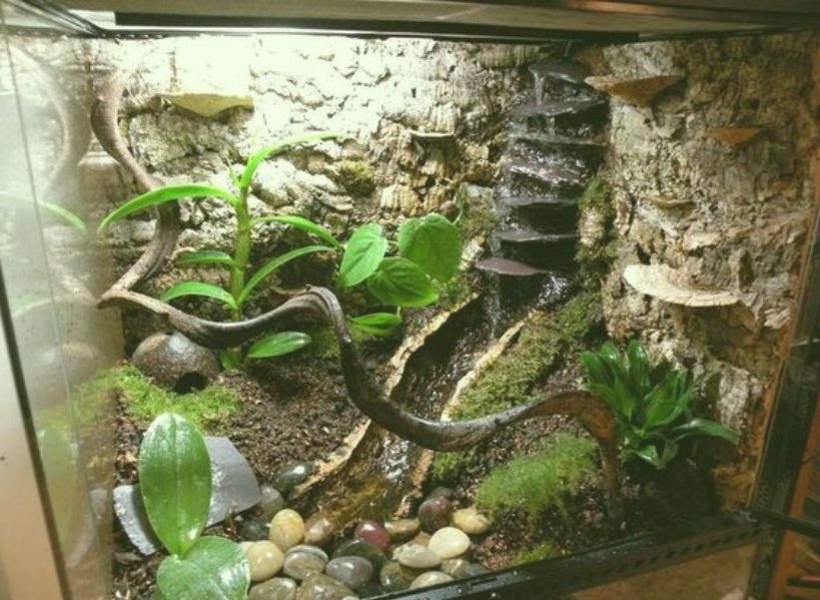
Feeding And Diet Recommendations For Leopard Geckos – Geckos Live Care Guide
To keep leopard geckos healthy, provide them with live insects such as crickets and mealworms, which can be purchased from your local pet store.
Different insects offer different nutrients, so it’s important to vary their diet. It’s recommended to feed the insects nutritious diets before feeding them to geckos.
Insects should also be dusted with vitamin and mineral supplements for optimal nutrition. A balanced and healthy diet is important for your leopard gecko’s care.
Consult a reptile expert or veterinarian for specific guidelines based on age and overall health.
Components Of A Leopard Gecko Diet
Leopard geckos like to eat insects such as crickets, mealworms, and dubia roaches as part of their diet of live insects.
You can sometimes give them treats like waxworms, superworms, or silkworms. It’s important to give them calcium and clean water.
Don’t offer too many vegetables or fruits because they don’t need them. They are healthy with a well-balanced insect-based diet.
If you take care of their habitat and feed them properly, leopard geckos will thrive and bring joy to reptile lovers.
Leopard Gecko Diet Based On Age
Leopard gecko care for beginners includes understanding their dietary needs because Feeding leopard geckos is important and varies by age.
Young geckos need live insects daily, while adults require them every other day. Monitoring body condition and adjusting feeding helps prevent weight issues. Older geckos may need fewer insects as their metabolism slows.
It’s best to consult a reptile vet for specific recommendations based on age and health. Providing the right diet is crucial for overall well-being and longevity in captivity.
The Importance Of Temperature And Humidity Control – Leopard Gecko Care Guide

Leopard geckos need specific temperatures and humidity for good health. To keep them healthy, provide a warm and dry home like their natural desert-like environment.
A temperature range in their tank helps them regulate digestion and overall well-being. Create a warm side (85-90°F) and a cool side (75-80°F) to mimic their natural habits.
Keep humidity levels low (30-40%) as leopard geckos prefer drier environments to avoid health issues caused by too much humidity. Good temperature and humidity control is crucial for promoting the health of your leopard gecko.
Providing The Necessary Heat And Temperature Gradient
If you want your leopard gecko to remain healthy, ensure that their home is warm enough. They depend on external heat sources for digestion and good health.
The best way to provide warmth is by using a heat lamp or mat. Put the heat source on one side of the home to let the gecko choose its preferred spot.
To monitor the temperature in the home, use a reptile thermostat and digital thermometer. A good temperature range is between 85-90°F on the warm side and 75-80°F on the cool side. This will keep your leopard gecko happy and in good shape.
Using A Thermostat To Regulate The Temperature
Maintaining a leopard gecko’s temperature is essential for their well-being. A reptile thermostat is a good choice for controlling the heat source and preventing temperature changes. Setting the desired temperature range ensures a stable environment.
Digital thermostats provide precise temperature control, avoiding health issues. Monitor regularly and adjust if necessary to maintain a safe and comfortable habitat. Leopard geckos require a warm and cool side (85-90°F and 75-80°F).
Thermostats create this gradient, making it easier for them to regulate their body temperature. By using a reptile thermostat, you ensure your gecko’s well-being in a comfortable living space.
Additional Tips And Resources For Successful Leopard Gecko Care As A Beginner – Leopard Gecko Habitat And Substrate
If you’re new to taking care of leopard geckos, it’s important to keep them healthy. Choosing the right substrate, such as reptile carpet, paper towels, or eco earth, is crucial for their well-being.
Providing a moist hide with damp moss helps with shedding. This can be achieved by placing it in the middle or on the cool side of the tank, and keeping a moist substrate just underneath it.
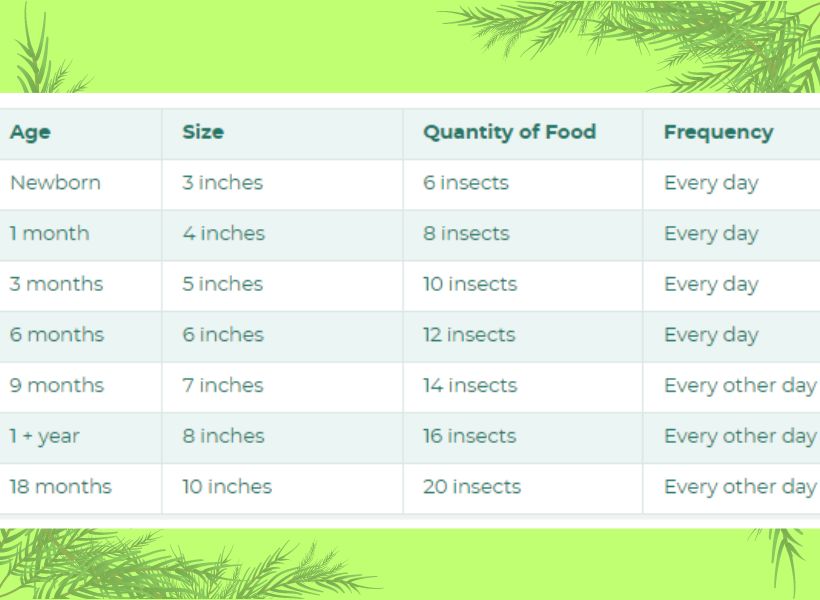
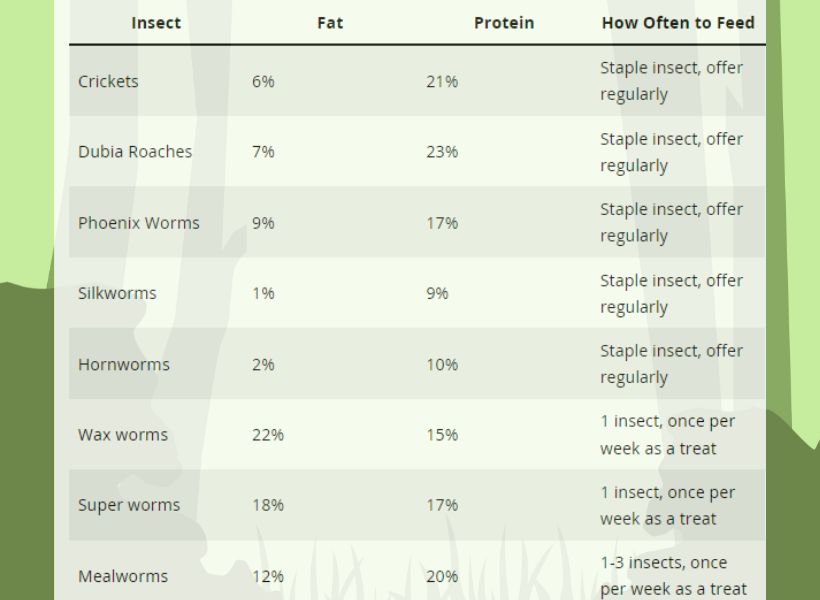

Warm and cool hides allow your gecko to adjust body temperature as needed. Make sure to have a water dish with fresh water that you clean often. Regular check-ups with a reptile vet are essential for keeping your pet healthy. Proper lighting and maintaining a clean enclosure are also important factors to consider.
FAQ About Leopard Gecko Care For Beginners
Are Leopard Geckos Easy To Take Care Of For Beginners?
Leopard geckos are easy to care for, especially for beginners. They need heat sources and hiding places which require little maintenance. Proper nutrition and hygiene are important, but they don’t need daily attention.
How Do You Take Care Of A Basic Leopard Gecko?
If you want to care for a leopard gecko, give them a tank with a heat lamp and hide box. Feed them live insects like crickets, mealworms, and dubia roaches. Offer fresh water every day. Dust their food with calcium and vitamin supplements. Clean their tank regularly to keep it tidy.
What Do I Need For My First Leopard Gecko?
To provide the best care for your first leopard gecko, you’ll need a proper enclosure with the right substrate, temperature gradient, and hiding places. Don’t forget a heat source, food and water dishes, and a calcium supplement for their diet. And remember to monitor the humidity and temperature with a hygrometer and thermometer.
Are Leopard Geckos Hard To Maintain?
Leopard geckos are generally considered low-maintenance pets. They require a suitable habitat, proper diet, and regular cleaning. With a heat source and light cycle for their health, leopard geckos can live for 10-20 years.
Final Thought 💭
Leopard gecko care for beginners begins with providing them with a suitable home, regular food, the right temperature and humidity, and good nutrition.
To stay up-to-date, keep learning about how to look after them correctly. If you’re new to this, contact us or check out our website for help.



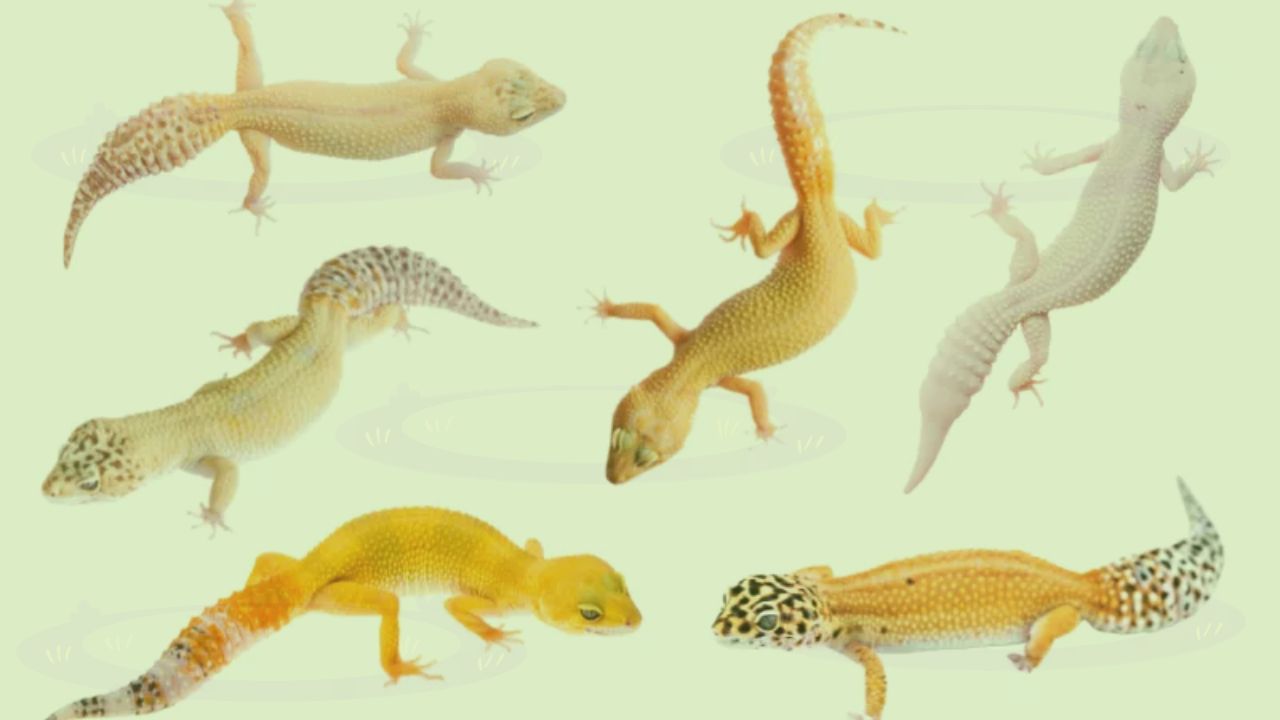

Leave a Reply